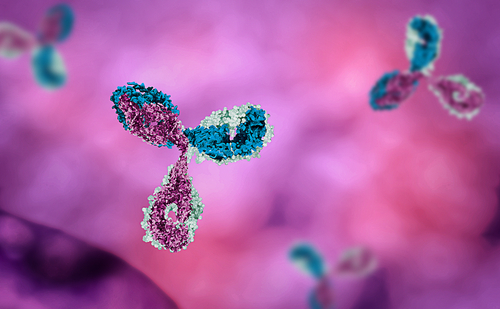Symptoms of Sweet’s Syndrome May Include Higher Levels of ANCA Autobodies, Case Report Suggests

An increase in the production of ANCA antibodies may sometimes be associated with Sweet’s syndrome, a rare condition characterized by painful skin lesions, a case report shows.
The study, “Sweet’s Syndrome Mimicking ANCA-Associated Vasculitis,” was published in The American Journal of Medicine.
Sweet’s syndrome, also known as acute febrile neutrophilic dermatosis, occurs when certain immune cells — called neutrophils — infiltrate the skin layers, leading to painful and damaging skin blistering and erosions.
The causes of Sweet’s syndrome are still unknown, but it is commonly triggered by other diseases including inflammatory bowel disease, cancer, and infection. Cases of Sweet’s syndrome caused by adverse responses to therapy have also been reported.
Researchers at Hokkaido University Graduate School of Medicine, in Japan, presented a rare case of Sweet’s syndrome that shared many features with ANCA-associated vasculitis.
A 41-year-old woman arrived at the hospital with a three-day, persistent high fever and progressive skin eruptions on her whole body. Physical examination revealed multiple red-to-purple papules and nodules that joined together to form painful plaques and severe skin lesions, which were spread throughout the neck, trunk, and upper and lower limbs.
No other organ involvement or additional symptoms were reported. No evidence was found that could indicate infection or cancer as the cause of the symptoms.
Blood work revealed an increase in white blood cells, most of which (93 percent) were neutrophils. High levels of C-reactive protein suggested whole-body inflammation, but no evidence of infection was found.
Further analysis revealed that both myeloperoxidase (MPO) and proteinase 3 (PR3) autoantibodies — the two types of autoantibodies that cause ANCA-associated vasculitis — were two to four times higher than the normal upper limit.
While ANCA antibodies usually cause damage to the blood vessels (vasculitis), there was no evidence of vessel inflammation or antibody accumulation on the vessels. Only dense infiltration of neutrophils in the skin layers was detected.
Based on the symptoms and collective information, the patient was diagnosed with Sweet’s syndrome.
“The excess neutrophilic activation in this case may have contributed to the ANCA-induction, as well as severe clinical appearance mimicking ANCA-associated vasculitis,” the researchers said.
Treatment with prednisone significantly improved the patient’s symptoms, reducing her fever and skin reactiveness within a few days. The therapy also resolved the immune symptoms, with autoantibody levels and white blood cell count returning to normal levels.






